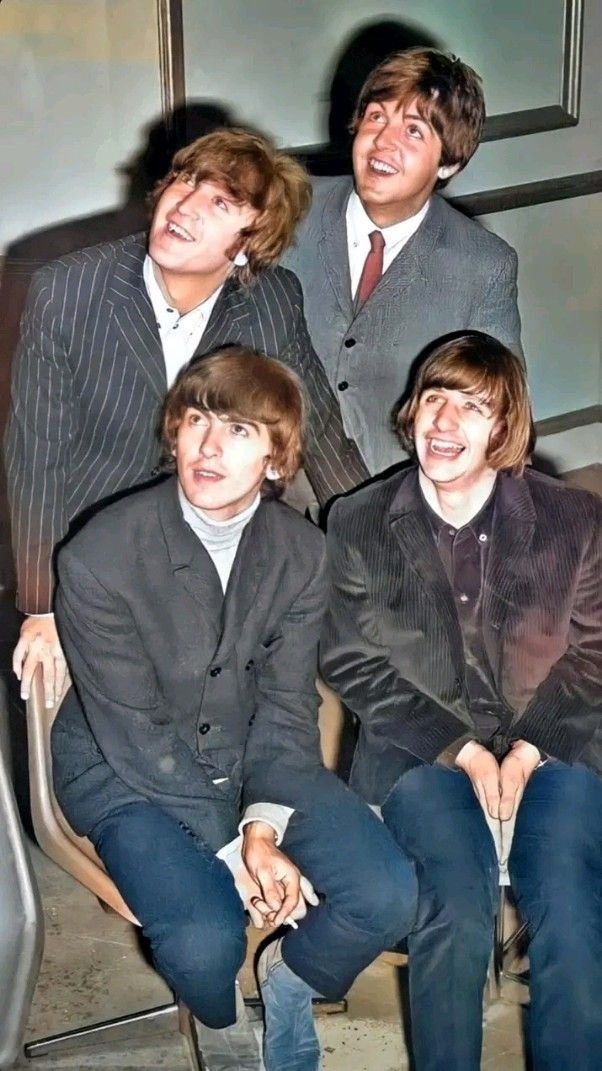On this day (July 30) in 1966. The Beatles topped the Billboard 200 albums chart with Yesterday and Today. The album retained the top spot for five consecutive weeks. While the album contained classic songs like “Day Tripper,” “Yesterday,” and “Act Naturally,” most remember it for its banned cover art. The original cover featured the band in white coats and surrounded by raw meat and decapitated baby dolls.
While many of The Beatles’ albums received international releases, some were originally exclusive to the North American market via Capitol Records. Yesterday and Today was one of those albums. At the time, executives at the label would select existing songs to build exclusive albums. For instance, they used eight songs previously unavailable on North American albums and non-album UK singles to create the tracklist for this album. The remaining three tracks were alternate versions of songs originally recorded for Revolver. This was also the first to include two Ringo Starr-fronted songs: “Act Naturally” and “What Goes On.”
The Beatles Cause an Uproar with the “Butcher Cover” of Yesterday and Today
Yesterday and Today is an undeniably great album. However, when the album dropped, the cover art caused more conversation than the tracklist.
According to Beatles Music History, the so-called “butcher cover” of Yesterday and Today was one of many photographs taken by Robert Whitaker. The photoshoot included several outlandish props, including a birdcage placed over George Harrison’s head. The shoot also included Harrison holding an oversized lightbulb that showed reflections of the other members of the band. One shot also showed Harrison attempting to drive nails into John Lennon’s head. One of the photos also featured the group in white coats with slabs of raw meat on their laps and surrounded by false teeth and dismembered baby dolls.
Capitol Records contacted the band’s manager, Brian Epstein, about the new album they were stitching together, and requested three new songs and a current color photo of the Fab Four. Epstein originally sent a photo of the band posed around a steamer trunk with Paul McCartney in the trunk. The label used the photo to create the cover and sent it back to Epstein for approval. He told the label the band wanted to use the “butcher” photo.
The cover caused much backlash, with many retailers refusing to stock the album. As a result, Capitol used the original steamer trunk photo as the cover moving forward. The label pasted the new photo over the butcher cover on several copies, creating one of the biggest collectibles in music history.
